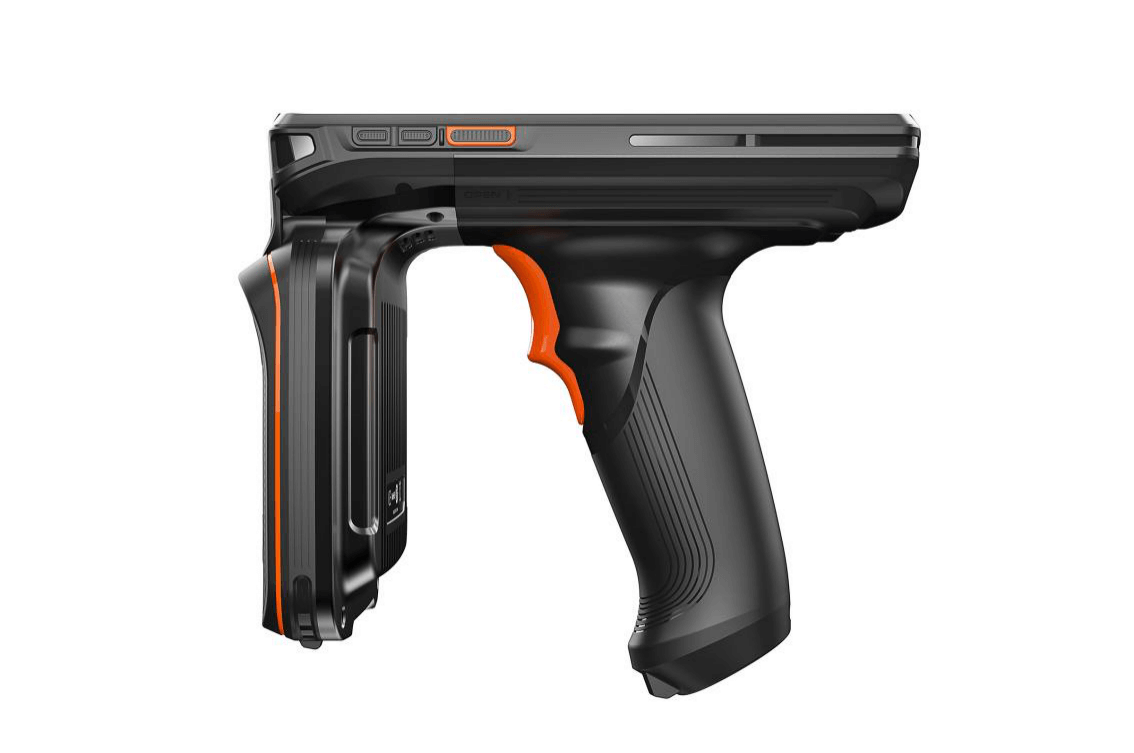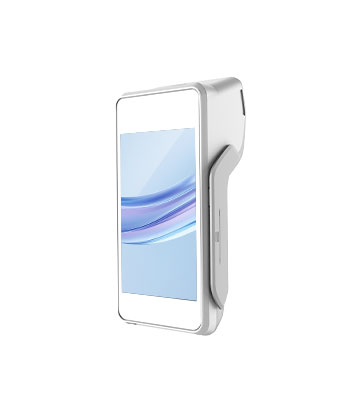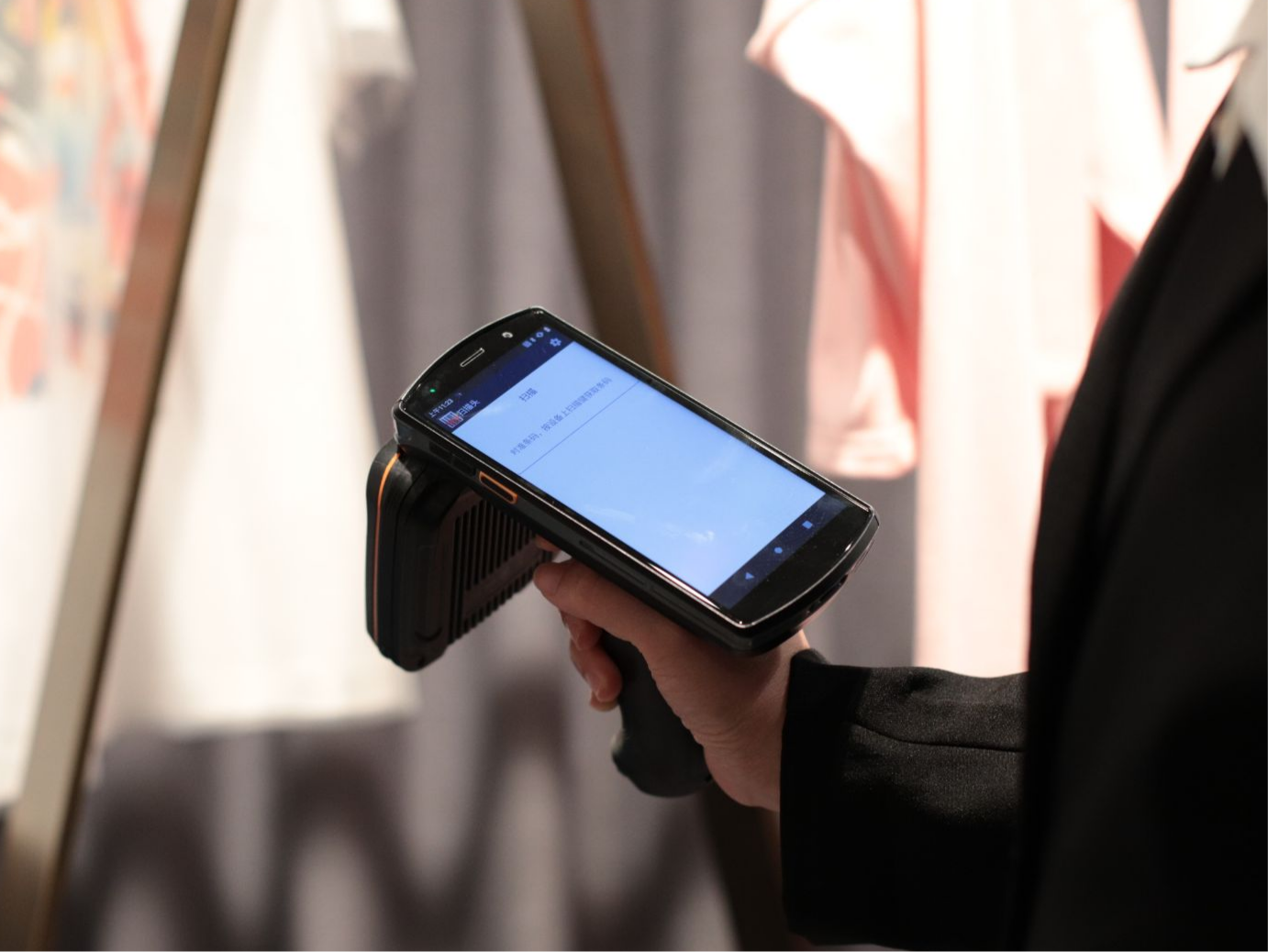How to Manage Inventory in a Retail Clothing Store
According to a report from Statista, the global apparel market revenue amounted to 1.5 trillion USD in 2021. The same source estimates that by 2026, the industry will be worth approximately 2 trillion USD. As much as a clothing store could be an interesting business opportunity, it comes with many challenges. For those involved in the retail clothing business, one of the most critical aspects for success is inventory management.
Inventory management is the process of tracking, managing, and maintaining an optimal inventory level. Each of these tasks was once manual, and the information was tracked by hand in paper spreadsheets. Today's inventory management software and handheld devices can track clothing, shoes, jewelry, accessories, and related items on the move.
Thanks to real-time inventory automation, business owners can respond quickly to fashion trends and other market demand changes. However, if inventory management is not properly carried out could result in the business downfall.
In this article, we will discuss how the inventory management process works in a retail clothing store. In addition, our focus will be introducing the solutions that you can adopt to manage the inventory more effectively.

Retail Fashion Inventory Management at a Glance
Nowadays, clothing brands, retailers, and apparel companies manage inventory between physical stores and e-commerce platforms. Besides, business owners need to order and manage items quickly following fashion trends. If these challenges weren't enough, raw materials and retail space costs are rising every year. Due to these factors, luxury brands and small fashion companies strive to make operations more efficient.
In these regards, inventory management plays a crucial role in meeting customer demand without running out of stock or carrying excess supply. In practice, efficient retail inventory management results in lower costs and a better understanding of sales patterns. At the same time, inventory management software and handheld devices offer key benefits, such as:
- Improved planning/forecasting
- Optimized fulfillment
- Increased supply chain accuracy
- Reduced carrying costs
- Reduced inventory errors
Practical Steps to Effective Inventory Management
Clothing inventory management works by creating systems to log products, receive them into inventory, and track changes when sales occur. In a nutshell, it involves managing the flow of goods from purchasing to final sale and checking stock counts.
The following is a breakdown of the practical steps of retail inventory management.
1. Creation of a centralized management system
Especially for e-commerce, a business should implement a centralized management system of all product information. Information such as product names, stock-keeping units (SKU), brands, variable clothing sizes, and others should be easily accessible by workers in real-time. The alternative is utter chaos during daily operations. A unified messaging system (UMS) can manage information by integrating it into the existing IT infrastructure and handheld terminals. In this way, UMS lets businesses have a unified operation platform making the work more efficient.
2. Identification of stock locations
For both retail chains and small clothing stores, we need to implement the right tools to identify the stock locations effectively. Especially for omnichannel sellers, products can be stored in different warehouses or distribution centers. Within the stockrooms, items can be misplaced, resulting in major losses for the store. Fortunately, retail inventory management best practices help prevent the consequent losses for our company. By adopting handheld RFID readers, we can tag bar codes and labels containing category and department codes to fully automate the inventory mapping.
3. Carrying out regular stock counts
To assure product availability, business owners need to count the inventory periodically. Many factors need to be accounted for, such as product damages, defects, and returns. An efficient retail inventory management system streamlines this process by making operators just double-check data rather than starting from scratch. The frequency of counts depends on the extent of the business's complexity. However, experts recommend counting inventory at least once each quarter. Under this premise, handheld RFID readers can scan items in batches at a long range. Through RFID technology, operators can faster and more accurately carry out the stock count.
4. Establishing a purchasing process
Industry managers need to schedule a time to review data and place orders. The UMS can set stock levels for individual products that trigger alerts for reorder. In addition, operators are prompted with product status on their RFID handheld readers. As a result, the store is not caught off guard, risking stock outrages, and can prioritize purchases based on item profitability.
5. Creating a stock receiving procedure
During the receiving process, workers verify incoming orders and enter items into an inventory system. By relying on manual work, any supplier could commit errors, resulting in unexpected stock outages, overpayment to vendors, and dead stock. A solution would be using PDAs to scan goods while at the same time checking for product integrity. Staff can use mobile computers to take pictures of products to record eventual damages. Besides, by scanning product tags, the consignees can directly input items into the store inventory. Once completed the process, the mobile computer can automatically prepare the receipt on the device, bringing unparalleled convenience.
6. Setting up processes for promotions
Product sales can fail to live up to expectations due to different reasons (e.g., cooling trends and seasonal factors). Unsold goods can turn from being assets into becoming unwanted costs. If you are offering markdowns, be disciplined about discounting slow-selling goods, which can generate revenue and make space for more profitable products. Additionally, businesses need to ensure that the stock is sufficient to meet the demand on hand. In this regard, staff can complete batch updates of price tags through PDA devices. Ultimately, the PDAs are the best response to increasing profits, especially during the holiday season.

Urovo product recommendation (DT50U)
As we have seen how a clothing store should manage inventory, let us look at Urovo's latest developments.
Integrated with our UMS, Urovo DT50U will become a valuable asset for your business. The DT50U RFID handheld reader is equipped with our patented professional code scanning module. The equipment can read mainstream one-dimensional, two-dimensional, defaced, old, worn, and other abnormal codes. In addition, the handheld reader is supplemented with RFID technology, which is able to scan for multiple items up to 20 meters distance.
With a millisecond-level scanning response, the device is suitable for various scenarios such as clothing wholesale and warehouse management. The handle is ergonomically designed, and together with a low power consumption setup, it can support workers for 2 hours of uninterrupted scanning. Ultimately, Urovo's DT50U mobile computer is the best personal assistant for operators in the retail industry.
Contact us to know more about Urovo's PDA solutions for the inventory management system.


































